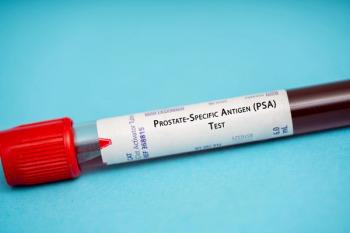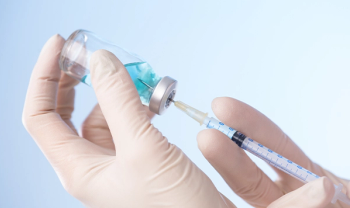
HHS says 834s are reaching plans
The data is not necessarily perfect
According to a
HHS has repeatedly indicated that it is working with insurers to reconcile past 834s so consumers who signed up in the early days of open enrollment will not get lost in the shuffle of paperwork and technical glitches. Further, HHS says it is contacting enrollees to remind them they must pay their premium to begin coverage.
In the first two weeks of open enrollment, nearly 10% of 834s from healthcare.gov never made it to insurers. The following two weeks saw a peak of more than 15% of total enrollments getting lost, but the percentage of “orphan files” has been dwindling in the weeks since.
“More than 70 of our software fixes over the past several weeks have focused on correcting software bugs related to 834 issues. We’re assisting health plans in dealing with inaccurate 834s as efficiently as possible,” says Julie Bataille, Director of Communications, Centers for Medicare & Medicaid Services.
HHS says it is working with insurers to alert them to potential orphan files so they can get a sense of the disconnects.
While HHS contractors are providing assistance and the fixes to the technology platform have helped, plenty of administrative hassle is falling to insurers. For example, WellPoint received 10,000 calls per day in early October in its call centers. And these waves of high-touch, manual interactions come at a time when insurers are already being pinched by medical-loss ratio floors.
Even when the orphan files are discovered and transmitted, there is no guarantee that the information is complete enough to process enrollment. Plans will continue to see issues typical with new enrollments such as incomplete fields and invalid addresses.
SummaCare, an Akron, Ohio-based health plan that is offering products on the healthcare.gov site, is receiving 834 data, and IT leaders for the plan say the information is 70% to 80% complete.
Newsletter
Get the latest industry news, event updates, and more from Managed healthcare Executive.






















































